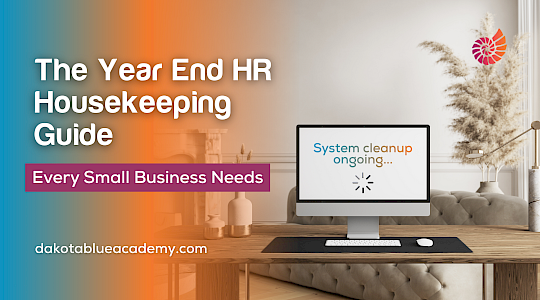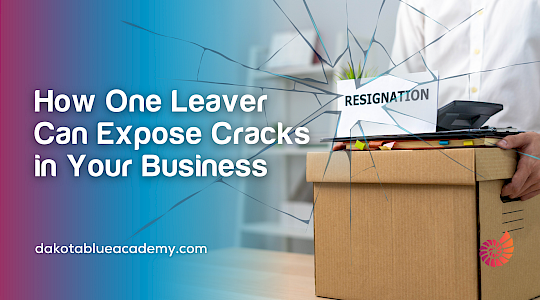
Maternity Leave in the UK: The Basics Every Employer Should Know
16th May 2025
If you run a small business, maternity leave can feel like a lot to get your head around. How much time off are employees allowed? What do you need to pay them? What if they don’t come back?
We get it, it’s a lot. But the rules are actually straightforward once you know the basics. And getting it right helps protect your business and your people.
How Much Time Off?
In the UK, all employees who are pregnant and having a baby can take up to 52 weeks off. That’s one full year! This is made up of:
- 26 weeks of Ordinary Maternity Leave
- 26 weeks of Additional Maternity Leave
However, they don’t have to take the full year, but they must take at least 2 weeks off after the baby is born (or 4 weeks if they work in a factory).
What Do You Need to Pay?
This is where Statutory Maternity Pay (SMP) comes in. If you have an employee going on maternity leave, it’s important to understand what you need to pay them and there’s been a recent update you might’ve missed.
From 6th April 2025, statutory pay for family-related leave like maternity has gone up from £184.03 to £187.18 per week.
If your employee qualifies, here’s what they should get:
- You’ll pay 90% of your employee’s average weekly earnings for the first 6 weeks
- Then for the next 33 weeks, you’ll pay £187.18 per week (or 90% of their average weekly pay if that’s lower)
To qualify for SMP, your employee must:
- Have worked for you for at least 26 weeks before the 15th week before the baby’s due
- Earn at least £125 per week (before tax)
The good news? You can claim most or all of this back from the government. If you’re a small employer, you might even get 103% of it back.
Two Common Mistakes to Avoid
Here are a couple of easy traps small employers fall into:
Mistake #1: Thinking maternity leave is the same as unpaid time off
It’s not. It’s a legal right, and during maternity leave, employees still build up holiday and are protected from being treated unfairly. You can’t ignore them just because they’re not in the office.
Mistake #2: Believing SMP comes out of your business profits
In most cases, you claim it back through your payroll. So don’t stress about footing the full bill, the government supports this.
What You Need to Do (In Simple Terms)
Here’s a quick checklist when someone tells you they’re pregnant:
- Put it in writing, confirm how much leave and pay they will get
- Talk early about cover. Who’s doing what while they’re off?
- Plan for their return. Think about flexible working, catch-ups, or phased returns
- Don’t leave it up in the air, planning ahead keeps things running smoothly
Need a Maternity Leave Policy You Can Trust?
You don’t need to write one from scratch. Inside the Dakota Blue Academy, we’ve created a ready-to-use Maternity Leave Policy that:
- Covers all the legal basics
- Explains what to say, when, and how
- Helps your employee feel supported and clear about what’s happening
It’s written in plain English, no legal waffle, and easy to adapt for your business.
Maternity leave might seem complicated, but it doesn’t have to be. A bit of planning, the right policy, and knowing your responsibilities means you’ll stay on the right side of the law and support your team at a really important time.
Want to take the pressure off? Download our Maternity Leave Policy template inside the Dakota Blue Academy and get it sorted in minutes. Join now!


